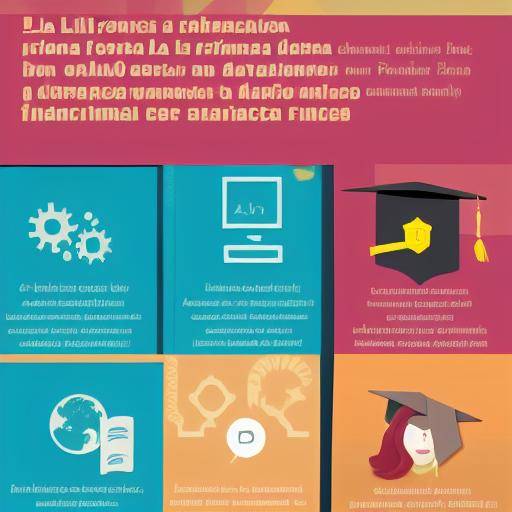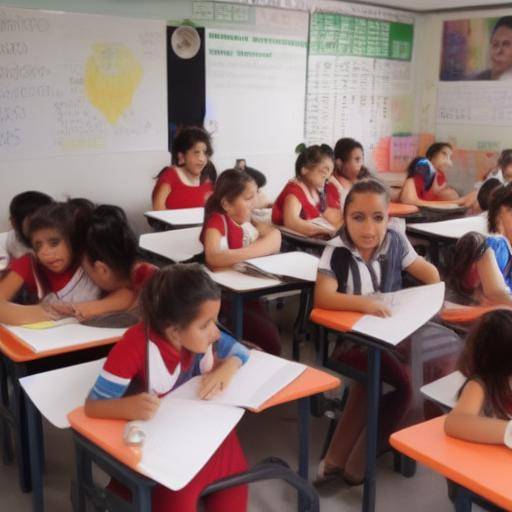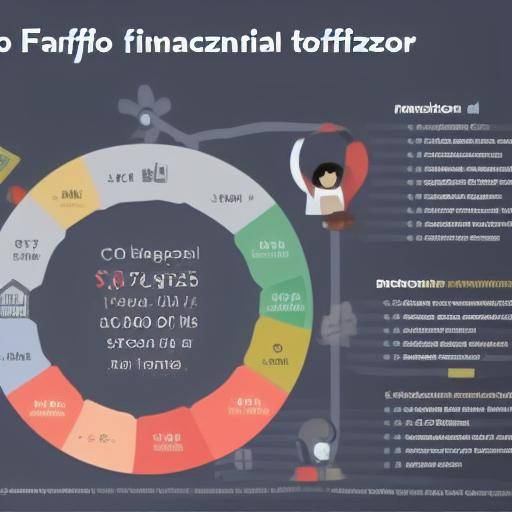
Financial education is a crucial aspect of children ' s training, as it allows them to understand the value of money, manage their resources and make sound financial decisions in the future. In this article, we will explore effective strategies to teach children the value of money, addressing its importance, practical methods and useful advice for parents and educators. Since the early age, instilling solid financial knowledge can lay the foundation for a healthy and prosperous financial life.
Importance of teaching the value of money from early age
It is essential that children acquire financial knowledge from an early age, as it provides them with skills and knowledge that will be crucial in their future. Early financial education teaches them to make informed decisions about money, promotes responsibility and promotes long-term planning. It also helps prevent excessive indebtedness and promotes financial independence.
Effective strategies to teach the value of money
1. Use of tables or allocation
Offering children a weekly or monthly table gives them the opportunity to manage their own money. This system allows them to make financial decisions, set savings targets and experience the consequences of their financial choices. It is crucial that parents guide their children in this process and encourage reflection on how to use their tables in a responsible way.
2. Involve children in family financial decisions
Engaging children in discussions about family financial decisions gives them a deeper understanding of how home finance is managed. This may include discussions about family budgets, major purchases and the importance of savings. Through these experiences, children learn about financial decision-making based on priorities and needs.
3. Promoting savings through specific goals
Helping children to set specific savings targets, such as buying a desired toy or contributing to a solidarity cause, teaches them the importance of saving to achieve concrete goals. In addition, this approach allows them to experience the satisfaction of achieving goals through planned savings.
4. Teach the value of work and effort
Promoting participation in household chores or the creation of small enterprises, such as the sale of lemonade, can teach children about the value of work and income generation. These experiences allow them to understand the connection between the invested effort and the earning of income, as well as the importance of perseverance and creativity.
Conclusion
Teaching children the value of money implies a comprehensive approach that encompasses the active participation of parents and educators. Through practical strategies and meaningful experiences, children can develop a sound understanding of the financial principles that will serve them throughout their lives. Early financial education not only prepares children to manage their own finances, but also lays the foundation for a future generation with strong financial skills.
This resource provides an exciting insight into how to inculcate strong financial knowledge in children, providing valuable strategies and practical advice.






















































